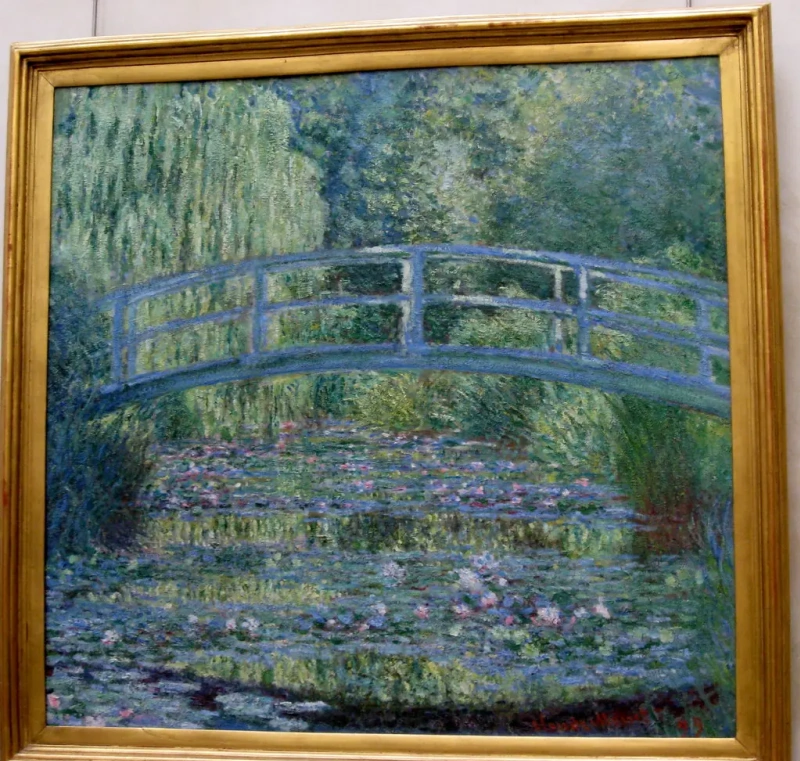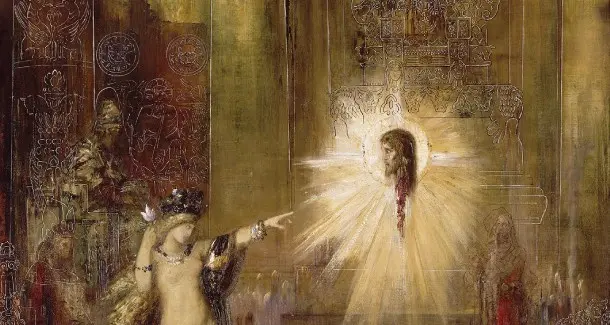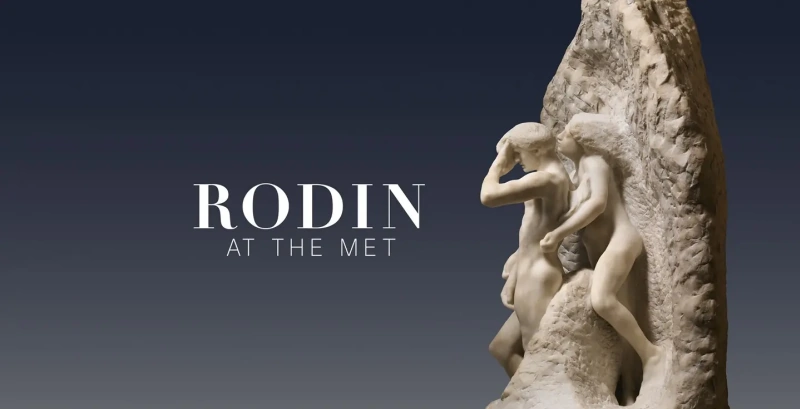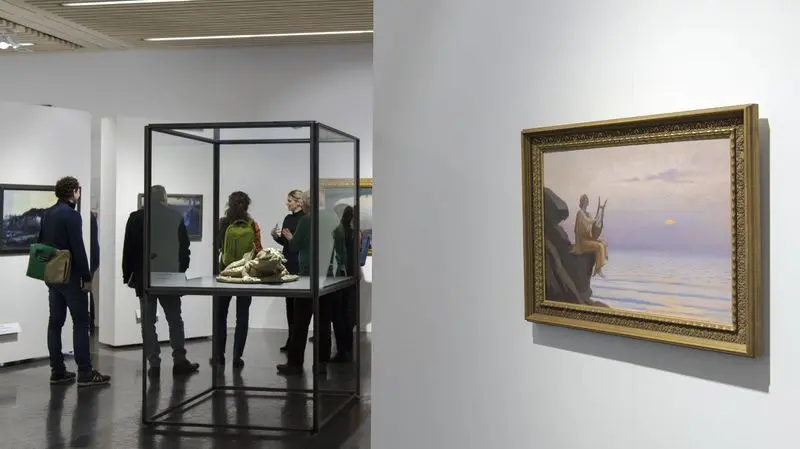Gustave Moreau (Gustave Moreau, April 6, 1826, Paris, France - April 18, 1898, Paris, France) - French symbolist painter, who preferred the biblical and mythological subjects. Moreau was born into a well-to-do family: his father was an architect, and his mother was a talented musician. As a child, Gustave was often ill and, long at home, he began to draw early. After a trip to Italy, he became interested in the art of antiquity and the early Renaissance. Moro studied painting at the Paris School of Fine Arts, and the last 10 years of his life he worked as a teacher in it. He had a significant impact on the work of his students: Henri Matisse, Georges Rouault and other artists who will later call themselves Fauvists. Recognition Moreau received after in 1864 presented to the public the painting "Oedipus and Sphinx". But five years later, when critics impartially responded about his new works, the artist closed his studio for several years. And although he triumphantly returned in 1876 with the painting "Phenomenon“Moreau was later described as a reclusive hermit. In addition to teaching, the artist devoted the last 10 years of his life to the transformation of his Parisian house into a museum.
Features of the artist Gustave Moreau: 1857-1859 Moro spent in Italy to recover from the death of a close friend and teacher Theodora Chasserio. Here the artist again found inspiration in the works Leonardo, Michelangelo and other Renaissance masters. The crisp contours and fine detailing of his mature work also show influence Andrea Mantegna and Giovanni Bellini. Later, Moreau began to study ornaments of various nations of the world and the history of the costume, integrating new knowledge into his paintings.
Famous paintings by Gustave Moreau: «Oedipus and Sphinx","Prometheus","Jupiter and Semela","Pieta","Hesiod and Muse".
Author: Evgeny Sidelnikov.
-
Artworks liked by151 users
- Artworks in 4 collections and 180 selections
Publication
Exhibitions
All exhibitions of the artist




Feed
Impressionism and Post-Impressionism. French painting of the 19th centuryexhibition finished
















